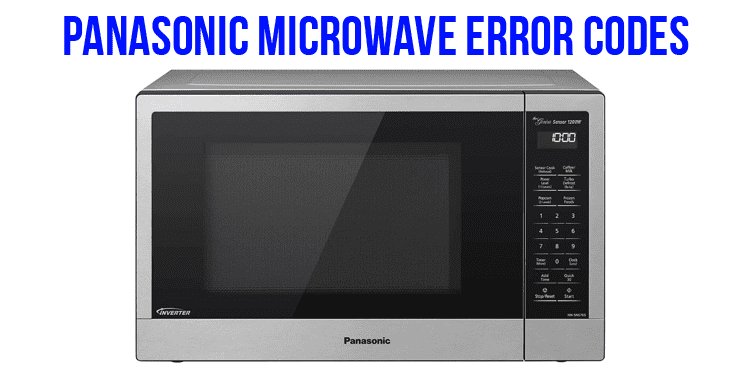
Now, you might be wondering, “What exactly is an E1 error, and why is it happening?” Often, an E1 error code points to a problem with the touchpad or control panel—maybe there’s a loose connection or an issue with the membrane switch. It’s one of those scenarios where your microwave is letting you know it needs a bit of TLC. This can seem daunting, especially if you’re not the kind of person who regularly tinkers with electronics. But don’t worry; you’re not expected to have technical expertise to deal with this.
Understanding the E1 Error Code
Before we dive into calling in the experts, let’s break down what the E1 error code means in simple terms. Think of your microwave as a team player in your kitchen, helping whip up quick meals. When it flashes an E1 error, it’s like a member of this team signaling they’re not feeling well. This error primarily indicates an issue with the touchpad or control circuitry—not unlike if your computer keyboard suddenly decided not to work properly.
The touchpad and control panel are what you use to tell the microwave what to do. If they face issues, it’s like trying to communicate with someone but finding the phone line is down. While this might sound a bit technical, all it really means is there’s a communication glitch between the buttons you press and the microwave’s internal system. You press “Start,” and instead of heating your soup, the microwave seems confused about what you’re asking it to do.
Understanding this can be helpful because it demystifies what’s happening inside your microwave. It’s not a complex beast; it’s just a hiccup in how the machine interprets your commands. Rather than being an overwhelming problem, it’s more like a small bump in the road that can usually be fixed.
Common Causes for the E1 Error Code
So, what’s causing this little hiccup? Let’s explore some common reasons. One of the primary culprits is a faulty or damaged touchpad. Over time, just like your favorite pair of shoes showing wear and tear, the touchpad can get worn out. This can cause it to stop sending the right signals to the microwave’s brain. Alternatively, there might be an issue with the control board—think of this as the microwave’s brain itself, misfiring because it couldn’t process what the touchpad was attempting to communicate.
Another possible cause might be moisture or dust within the control panel. Much like a computer’s motherboard, the microwave’s control board doesn’t get along well with moisture. If you’ve been cooking a lot of steamy dishes or there’s been a spill, moisture might have sneaked into the panel, leading to this error code.
In some cases, an unusual power surge or electrical fault can also trigger an E1 code. Your microwave is fairly sensitive to power quality, much like how a person might be sensitive to certain foods. This sensitivity means fluctuations in power can confuse its inner workings, resulting in that pesky E1 message.
When To Call A Technician
Here’s the deal—you’ve identified an E1 error code, and you’ve tried some basic troubleshooting steps like turning the microwave off and on again, but the error persists. When’s the right time to throw in the towel and call in a technician? If you’re still seeing that error after a few attempts at resolving it, or if you’re not comfortable poking around your appliance’s insides, it’s a good time to seek professional help.
A technician is trained to safely open up the microwave, check the connections, test the touchpad, and ensure the control board is functioning correctly. They have the tools and expertise to diagnose the problem without risking further damage to your appliance. Think of calling a technician like visiting a doctor when you’re feeling unwell—they can provide a detailed diagnosis and treatment plan to get things back on track.
Remember, an E1 error isn’t just an inconvenience; it’s a sign something needs attention. Ignoring it can lead to more significant issues down the line, much like ignoring a check engine light on your car. Investing a bit of time and possibly money in a repair now can save you from having to replace the entire model later.
Preventative Measures and Next Steps
Before you go rushing to call a technician, there are a few steps you can take to possibly prevent this error from occurring again in the future. Regular cleaning of the microwave, especially after spills, can help keep moisture from seeping into the control panel. Think of it like cleaning your glasses—you wouldn’t leave smudges on them for long. Keeping the appliance dry and ensuring it’s not exposed to excessive steam is another good practice.
If power surges are common where you live, consider using a surge protector. It’s like giving your microwave a little shield against unexpected electrical fluctuations. This can help safeguard not only your microwave but other appliances as well.
Ultimately, when it comes down to it, the E1 error code is a nudge from your microwave to pay it a bit of attention. Sure, it might seem troublesome, but when handled correctly, your microwave will be back to warming up leftovers like a pro in no time. If all else fails, don’t hesitate to reach out to a professional who can safely and efficiently resolve the issue.